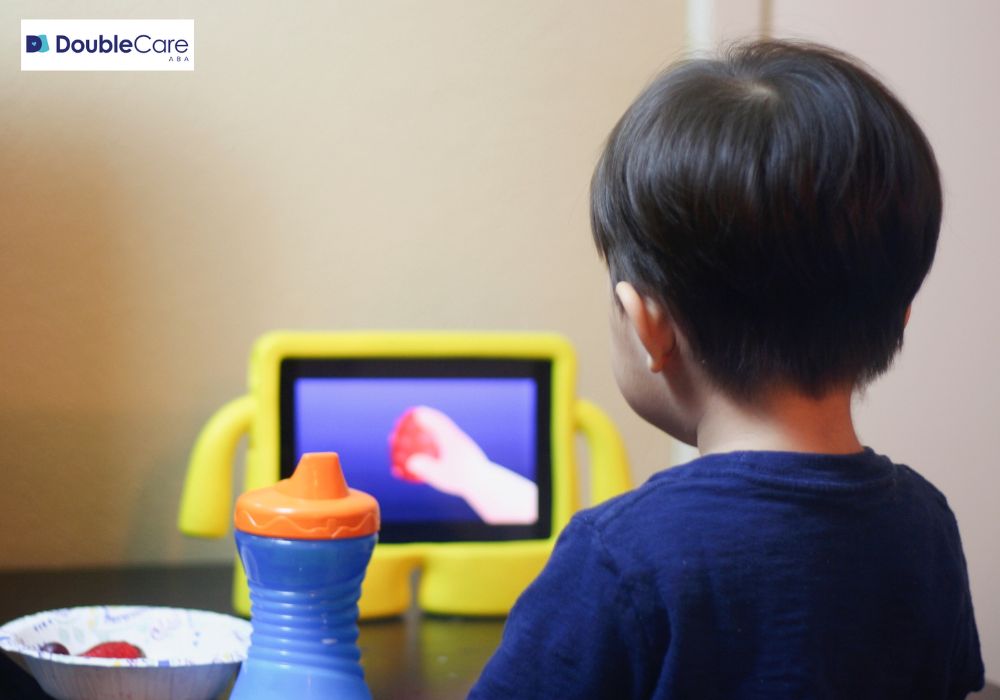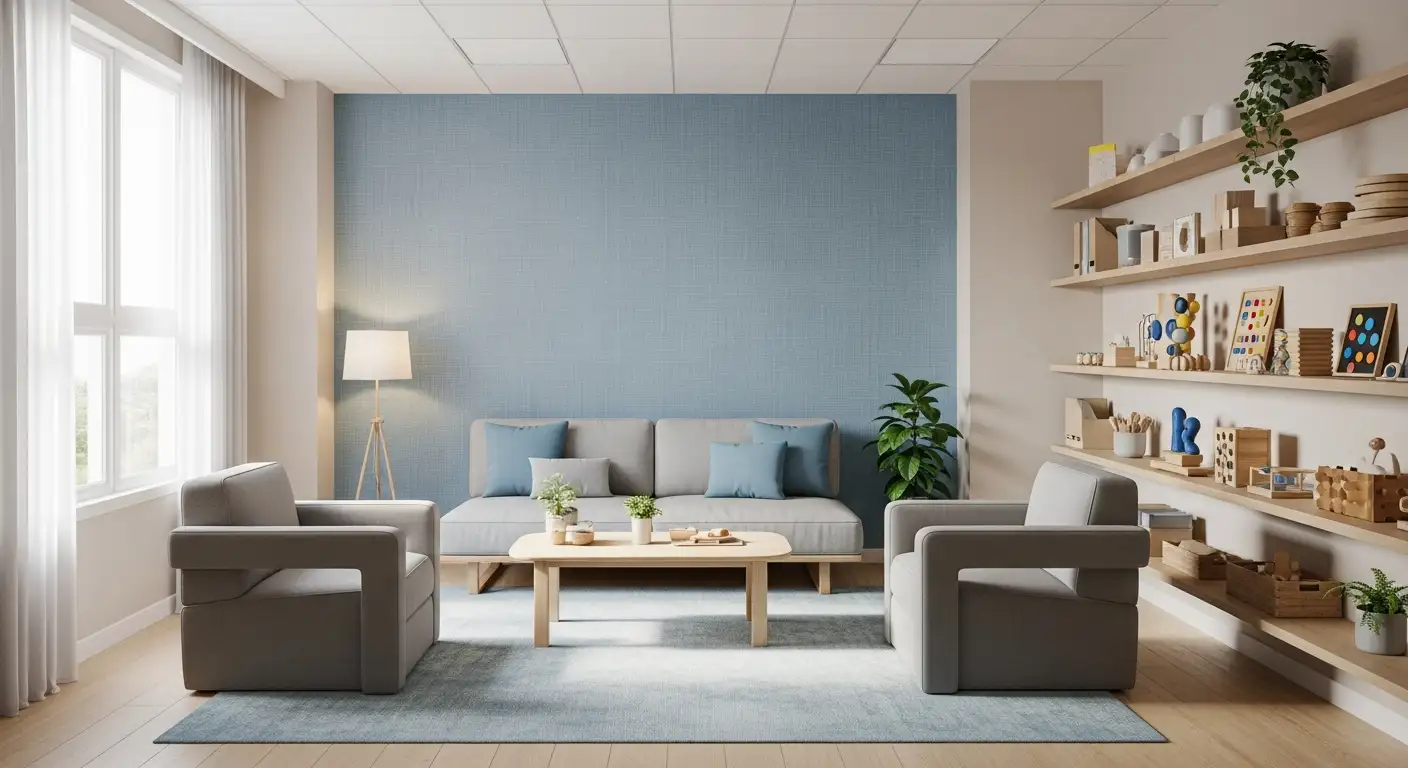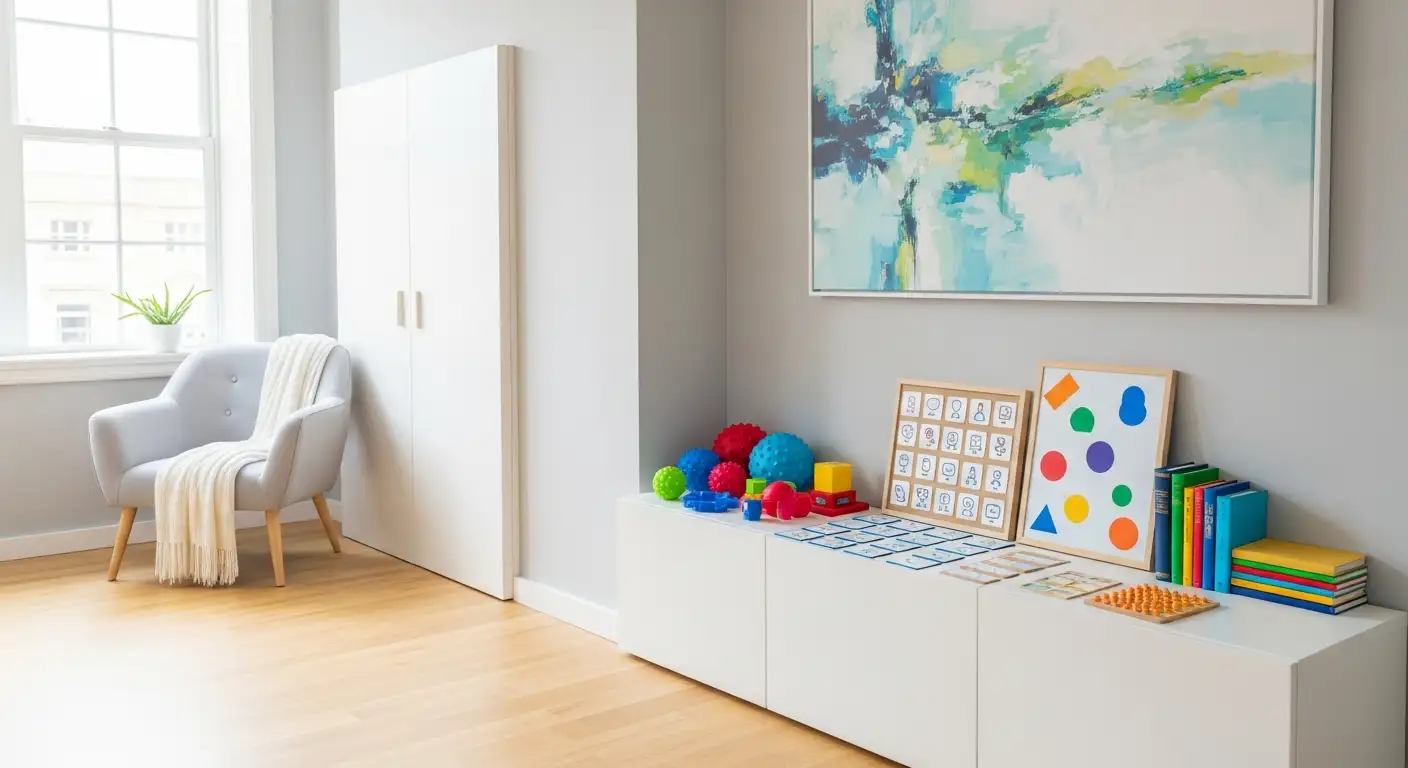In the digital age, screens have become an integral part of daily life, offering both opportunities and challenges. For individuals with autism, managing screen time can be particularly complex. Balancing the benefits of digital engagement with the need for physical activity and social interaction is crucial for optimizing development and well-being. This balance is essential in settings like ABA home therapy Lakewood, NJ, where incorporating appropriate screen time can complement therapeutic goals. This article explores how to strike the right balance between screen time and other activities for individuals with autism.
Understanding Screen Time and Its Impact
Screen time encompasses the duration spent using digital devices such as smartphones, tablets, computers, and televisions. For individuals with autism, screens can offer valuable learning opportunities, entertainment, and a means of communication. However, excessive screen time can also have adverse effects, including reduced social interaction, decreased physical activity, and potential impact on behavior and sleep.
Benefits of Screen Time
Educational Content: Educational apps and programs can provide personalized learning experiences tailored to the needs of individuals with autism. These tools often use visual and interactive elements that can aid in understanding and retention.Communication Tools: Many individuals with autism, especially those who are nonverbal, use devices to communicate. Augmentative and alternative communication (AAC) apps can help them express needs, emotions, and thoughts effectively.Skill Development: Certain screen-based activities can help develop cognitive skills such as problem-solving, pattern recognition, and memory. Games and interactive software can offer structured practice in these areas.Relaxation and Stress Relief: Screens can offer a calming distraction during times of stress or anxiety. For some individuals, watching favorite videos or playing specific games can provide comfort and relaxation.
Risks of Excessive Screen Time
Social Isolation: Excessive screen time may reduce face-to-face interactions, which are essential for developing social skills. For individuals with autism, who may already face challenges in social communication, this can exacerbate difficulties.Physical Health Issues: Extended periods of screen use can lead to sedentary behavior, contributing to issues such as obesity, poor posture, and eye strain. It's important to encourage physical activity alongside screen use.Sleep Disruption: Screen time, particularly before bed, can interfere with sleep patterns. The blue light emitted by screens can disrupt the production of melatonin, a hormone that regulates sleep.Behavioral Concerns: Some individuals with autism may become overly fixated on-screen activities, which can make transitioning to other tasks or managing frustration difficult when screen time is limited.
Guidelines for Balancing Screen Time
To create a healthy balance, consider the following guidelines tailored to the needs of individuals with autism:
Establish Clear Limits
Set specific limits on screen time to ensure that it does not interfere with other essential activities. The American Academy of Pediatrics (AAP) suggests that children aged 2 to 5 should have no more than one hour of screen time per day. In contrast, older children and teens should have consistent limits that do not interfere with sleep, physical activity, and face-to-face interactions.

Prioritize Educational and Therapeutic Content
Choose screen-based activities that are educational and supportive of skill development. For example, use apps designed to enhance communication skills, provide social stories, or teach daily living skills. Ensure that content aligns with the individual’s learning goals and needs.
Schedule Screen Time
Incorporate screen time into a structured routine, ensuring it complements other daily activities. For instance, designate specific times for screen use, such as after completing homework or engaging in physical activity. This helps create a balanced routine and reduces the likelihood of screen time becoming a source of conflict.
Encourage Physical Activity
Integrate physical activity into the daily schedule to counteract the passive nature of screen time. Encourage activities such as outdoor play, sports, or exercises that the individual enjoys. Regular physical activity supports overall health and helps manage the impact of prolonged screen use.
Foster Social Interaction
Promote opportunities for social interaction both in person and through supervised online platforms. Engage in activities that facilitate social skills development, such as group games, social skills training, or community events. Ensure that online interactions are monitored and guided to ensure safety and positive social experiences.
Model Healthy Screen Habits
Model appropriate screen habits by demonstrating balanced use of technology. Show how to manage screen time effectively and set an example by engaging in non-screen activities, such as reading, outdoor activities, or hobbies.
Monitor and Adapt
Monitor screen time's impact on behavior, health, and development regularly. Based on observed effects, adjust screen time limits and activities. If excessive screen use is causing issues, consider implementing more stringent limits or exploring alternative activities.
Practical Strategies for Implementation
Creating a Screen Time Schedule
Develop a visual schedule that outlines when screen time is allowed and what activities are planned for the day. Visual schedules can help individuals with autism understand and anticipate transitions, reducing potential frustration and resistance.
Using Screen Time as a Reward
Incorporate screen time as a reward for completing tasks or achieving goals. This can motivate individuals to engage in non-screen activities and adhere to routines. For example, allow additional screen time as a reward for completing homework or participating in physical activities.
Selecting Appropriate Apps and Programs
Carefully choose apps and programs that align with the individual’s needs and interests. Look for apps that offer educational content, support skill development, or provide therapeutic benefits. Avoid apps that may overstimulate or cause frustration.
Engaging in Co-Viewing
Engage in co-viewing or co-playing activities with the individual. This allows for joint interaction and can facilitate discussions about the content, reinforcing learning and providing opportunities for social interaction.
Encouraging Offline Alternatives
Offer a variety of offline activities that the individual enjoys, such as arts and crafts, puzzles, or board games. Providing engaging alternatives can reduce reliance on screens and promote a well-rounded routine.
Conclusion
Finding the right balance between screen time and other activities is essential for individuals with autism. By understanding the benefits and risks of screen use, establishing clear limits, and incorporating strategies that support overall well-being, caregivers can help create a healthy and balanced approach to screen time. Ultimately, the goal is to ensure that screen time complements rather than replaces other essential aspects of daily life, such as social interaction, physical activity, and personal development. With thoughtful management and consideration, screens can be a valuable tool in supporting the growth and happiness of individuals with autism. For more personalized guidance, support and ABA therapy caregivers can reach out to us at Double Care ABA.
FAQs
What is an appropriate amount of screen time for individuals with autism?
The American Academy of Pediatrics recommends that children aged 2 to 5 should have no more than one hour of screen time per day. For older children and teens, screen time limits should be consistent and should not interfere with sleep, physical activity, and face-to-face interactions.
How can screen time benefit individuals with autism?
Screen time can offer educational opportunities, enhance communication through AAC apps, aid in skill development, and provide relaxation and stress relief. Academic apps and programs can be tailored to individual learning needs, and communication tools can assist non-verbal individuals in expressing themselves.
What are the potential risks of excessive screen time for individuals with autism?
Excessive screen time can lead to social isolation, decreased physical activity, sleep disruption, and behavioral concerns. It may reduce face-to-face interactions, contribute to sedentary behavior, and interfere with sleep patterns.
How can I create a balanced screen time routine for someone with autism?
Establish clear limits on screen time, prioritize educational and therapeutic content, schedule screen time within a structured routine, encourage physical activity, foster social interaction, and model healthy screen habits. Regularly monitor and adjust screen time based on observed effects.
What types of screen content are best for individuals with autism?
Educational and therapeutic content is generally the most beneficial. Look for apps and programs that support communication skills, provide social stories, or enhance daily living skills. Avoid content that may overstimulate or frustrate the individual.
How can I incorporate screen time as part of a daily routine?
Create a visual schedule that outlines specific times for screen use and other daily activities. Use screen time as a reward for completing tasks or participating in non-screen activities. Ensure that screen time complements physical activity and social interaction.
What are some effective strategies for reducing screen time if it becomes a problem?
If screen time becomes excessive, consider implementing stricter limits, providing engaging offline alternatives, and monitoring the individual’s behavior and health. Encourage participation in physical activities and social interactions to balance screen use.
How can I monitor and manage screen time effectively?
Regularly observe the impact of screen time on behavior, health, and development. Use tools such as screen time tracking apps or built-in device features to monitor usage. Adjust limits and activities as needed based on the individual’s needs and responses.
What should I do if screen time is causing behavioral issues?
If screen time is leading to behavioral issues, reassess the amount and type of content being used. Implement stricter time limits, offer engaging alternatives, and work on establishing a consistent routine. Seek professional guidance if necessary to address specific concerns.
How can I ensure safe and positive online interactions?
Supervise online interactions, use parental controls, and educate the individual about internet safety. Encourage positive online experiences by guiding interactions and discussing appropriate online behavior.














